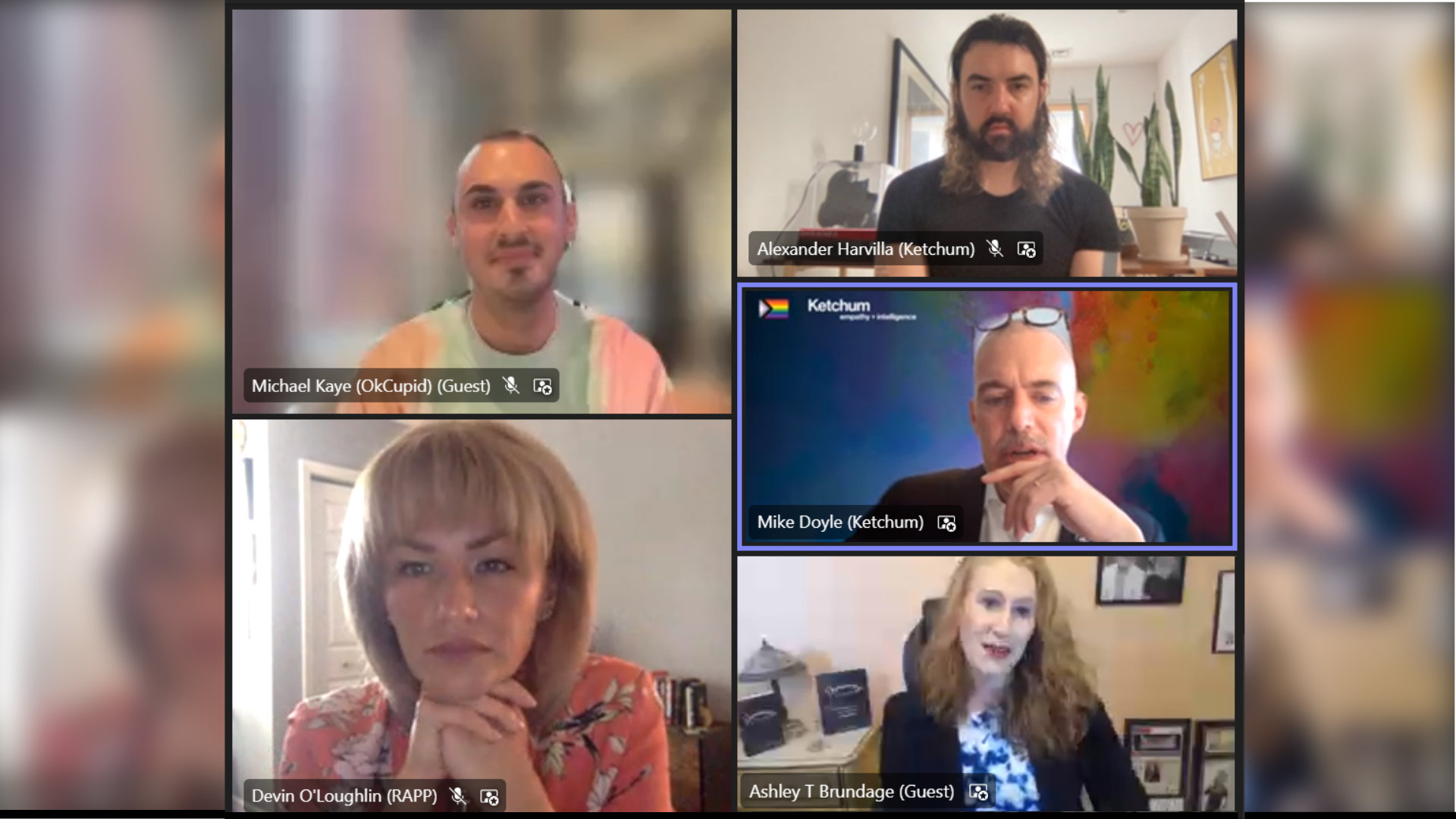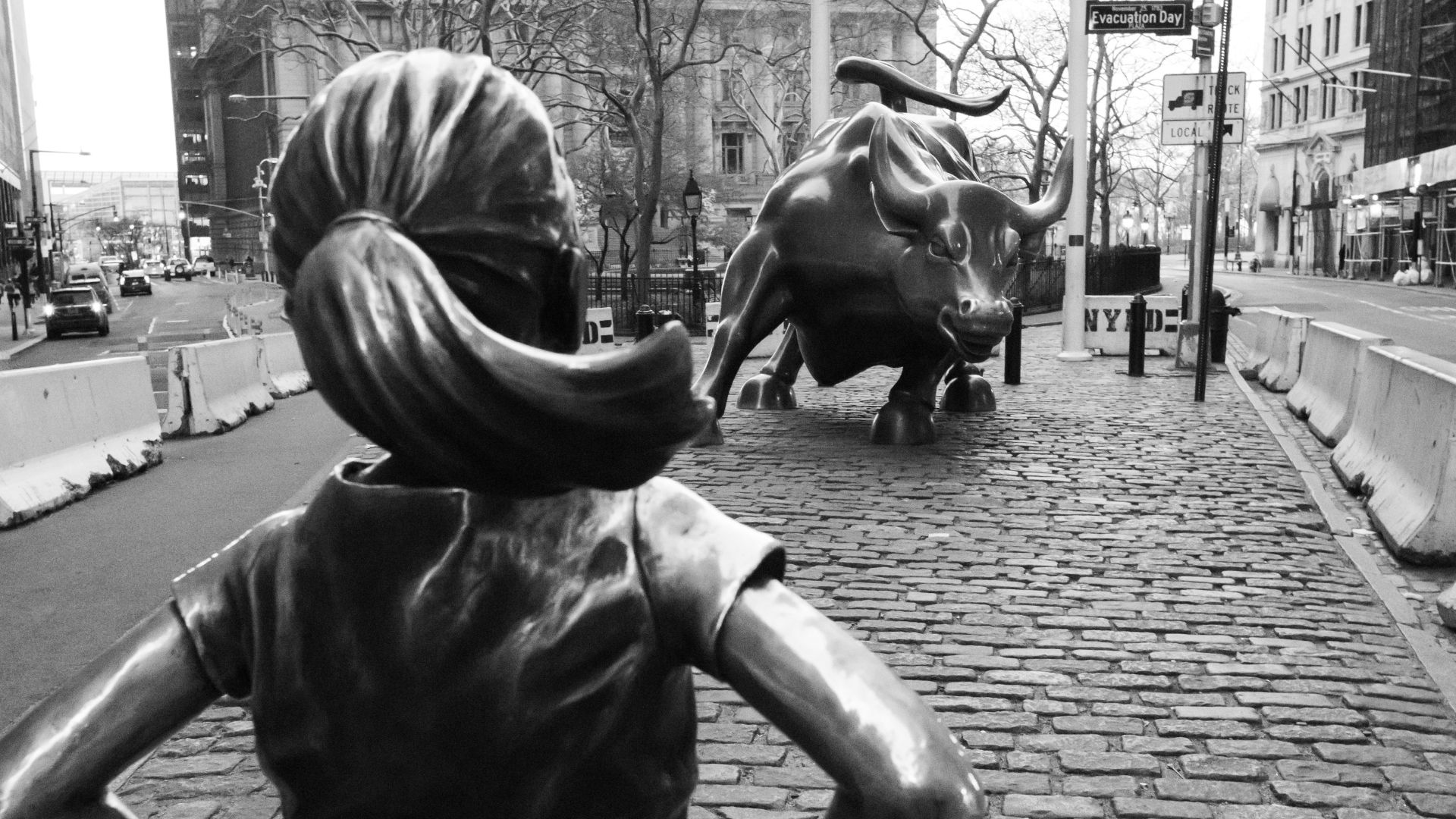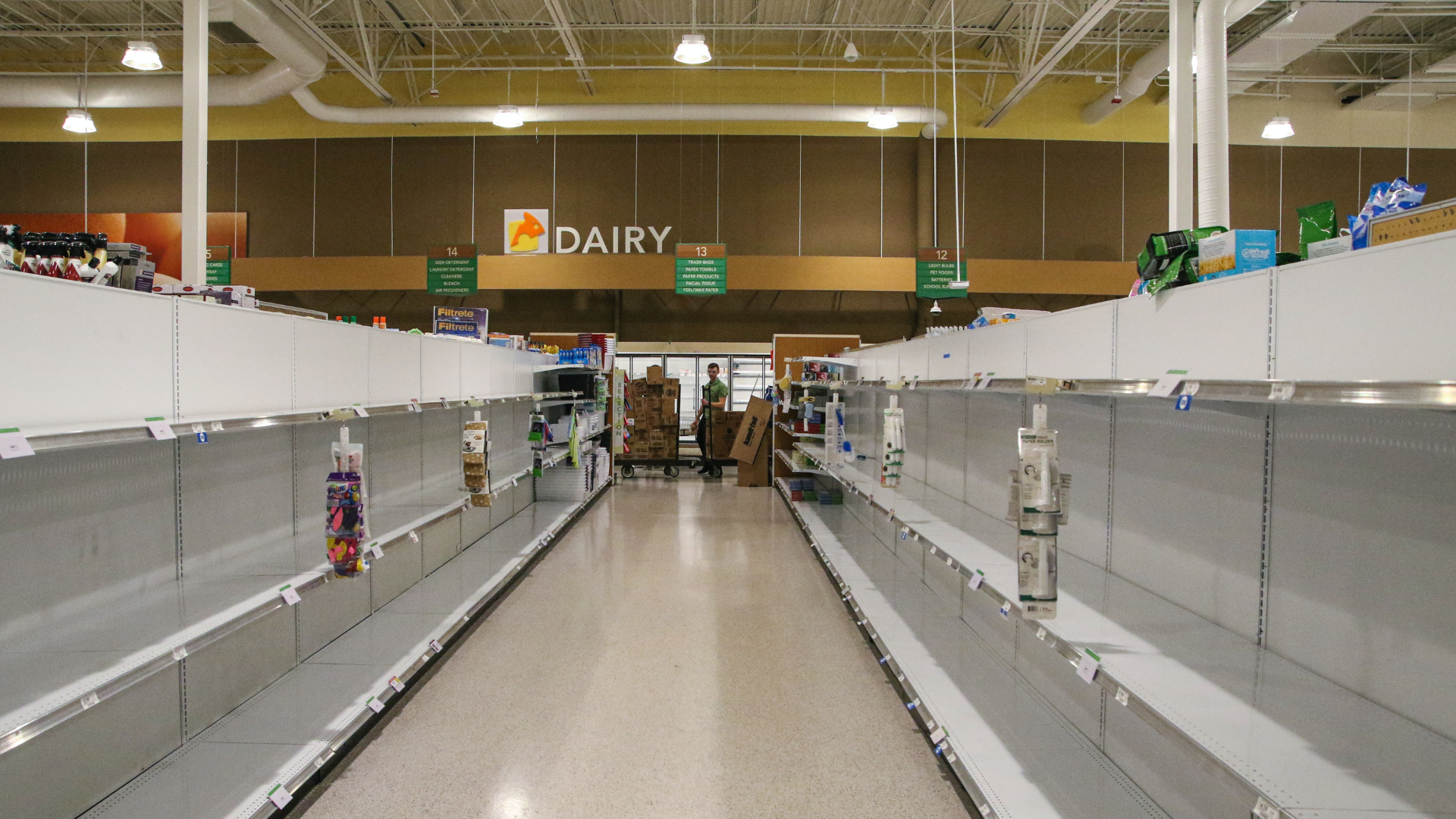In honor of Black History Month 2022, parents at Ketchum reflect on the futures they want for their children as they navigate the world around them as Black Americans.
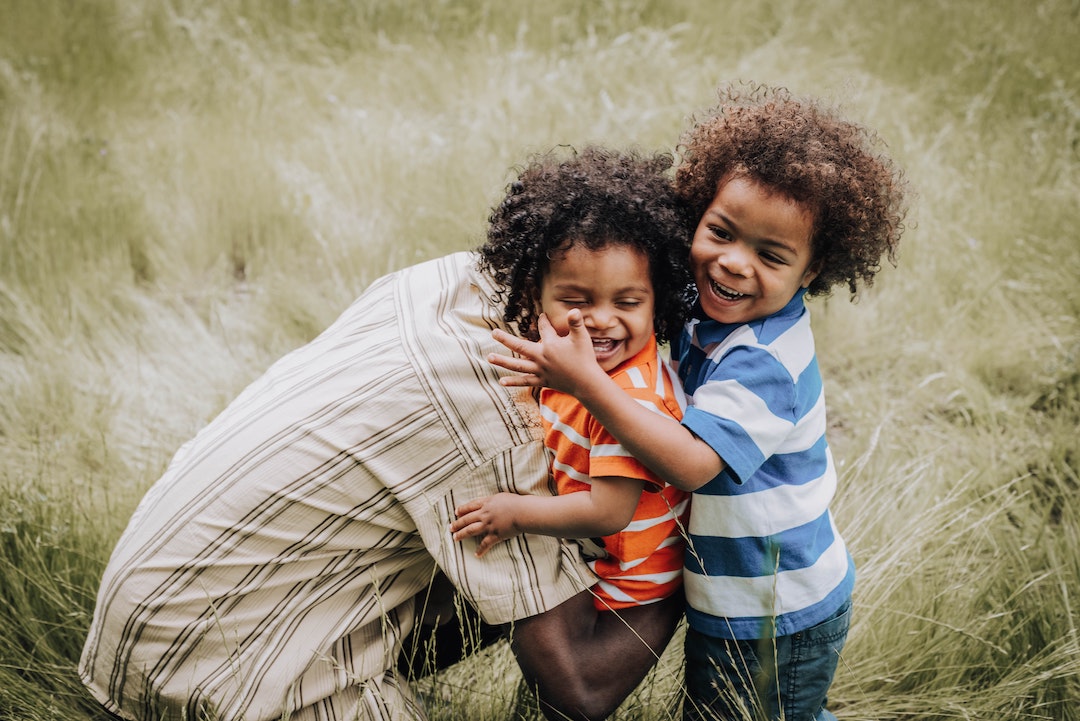
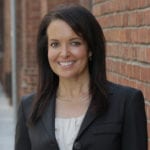
Rayanne Zackery, Vice President & North American DE&I Council Leader, Ketchum
I think parents of all races have similar hopes for our children and future generations: health, happiness, love, jobs where their contributions are valued, and a community that benefits from their support. I was recently asked, “What are your goals?” My immediate response was, “to raise my children to accomplish these hopes and their dreams.”
As a parent of Black sons who are now grown, the additional hopes of equality, safety and not being racially profiled weigh on my mind (and also sadden my heart).
In conversations around DE&I inclusivity, cultural add versus fit is often discussed as a desired approach. My hope is that future generations are empowered to explore their own identifies and feel respected for their individuality. If I had to do it over again, I would have trusted my sons more to embrace and honor their uniqueness. When my younger son wanted an expressive hair style in high school, I objected, because I didn’t want others to judge him more than they might already as a young Black teen. I hope he learns from my mistake and leads the next generation to live without being constrained by others’ fear.
Like you’ll hear from my colleagues Kim and Greg, I have always committed to setting extremely high standards for myself and children. I believe that helped contribute to my sons thriving personally and professionally. My dream is they celebrate their accomplishments, while also supporting the empowerment of future generations.
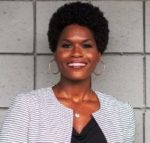
Kim Dimson, Vice President, General Manager, Ketchum
November 4, 2008: talk about catching lightning in a bottle. Some of us will never forget the date. Others may need a refresh: It’s the day Barack Hussein Obama became the 44th president of the United States of America and the nation’s first African American president. It’s hard to talk about Black History Month and not mention the impact President Obama’s legacy has had on me personally. The joy, pride and, yes, hope I felt watching the president-elect and his family take the stage in Chicago’s Grant Park that night is a feeling I’m desperate to tap into now, more than 14 years later and post-insurrection. I was overwhelmed that night watching history unfold and forever changed. President Obama and the image of his family redefined what I thought was possible for myself and my 7-month-old daughter at the time. In fact, it’s not an overstatement to say his presidency altered the course of her life.
Every decision I made (parenting or otherwise) in her first eight years passed through a WWBMD – What Would Barack and Michelle Do? – filter. Going through a painful separation and eventual divorce at the time, Barack and Michelle were my north star. I committed to set extremely high standards for myself and my daughter – both in how we’d show up in this life, but also our expectation for what’s possible. It was during this time that I adopted, “Some part of impossible must be possible,” as a personal mantra.
So, what do I want in the future NOW for my 13-year-old daughter, her cousins and friends – and really, every child the world over? I want for them an unwavering belief that anything is possible with hard work and dedication. I want them to have the freedom to maneuver spaces (both private and public) safely and with reciprocated positive intent – positive intent they’ll extend to others and that will be given to them. I want them to know they live among citizens who rally together to elect the most qualified and committed public servants of all shapes, sizes and hues; and who work tirelessly for the good of us all and not a select few. And finally, I want for them relentless optimism and (yes) hope that, if they work together, they can dispel and reject systems and individuals that promulgate fear – continuing a legacy to define what’s possible for the next generation.
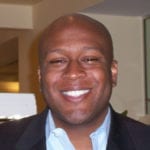
Greg Dauphin, Vice President, Senior Director, Marketing Integration & North American DE&I Council Leader, Ketchum
A few evenings ago, I went for a late-night jog to check the daily box on that all-too-familiar and unoriginal New Year’s health resolution. I won’t specify the hour, since my mother may read this, and even in my mid-40’s I’d prefer to avoid a scolding. But let’s assume that it was later than what is advisable.
Still there was magic in the air – snow had just started falling, which is a rarity in Atlanta. I bundled up appropriately for the 25-degree weather, including a hat, hoodie and gaiter-style scarf to cover up and insulate my face from the nose down. I also donned a reflective vest and headlight. Both for the practical purpose of announcing to cars, “Please see me coming and don’t hit me,” as well as the sadly necessary purpose of declaring as a Black man, “I look so ridiculous that I’m clearly not a threat.”
My running route was a very familiar and well-lit sidewalk along a main road. I felt perfectly comfortable with my choice to run, especially since I’d only be out for about 20-30 minutes. As I slogged my way through the jog, all was well…until it wasn’t. I was startled when a large pick-up truck slowed down and drove beside me. I was at once flooded with fear. Had I made a horrible judgment call? As my wife and kids slept safely in our home, would they be awakened by a phone call delivering tragic news? And I was angry at the same time. Why did I need to take these precautions just to jog on a public sidewalk? Why did any passing vehicle or honking horn need to cause my body to tense up or my heart to skip a beat?
Then the truck window rolled down. And the driver, who was white, asked a simple question that revealed…kindness.
“Are you okay? Do you need a ride?”
Let’s set aside my ego for a moment and what his question must have said about my running form. This was a human being, seeing another human being potentially in need, and offering to lend a helping hand. This is what the world should be. This is the future I want for my children.
In conversations about diversity, equity and inclusion, I often cite my family as my “why.” Especially my children. I want them to grow up and experience a world where they feel safe. A world where they feel free to be themselves unapologetically. A world where their Haitian heritage and the color of their skin are celebrated and where they can freely experience, learn from and embrace the differences they see in others.
I am an optimist by nature and an idealist at heart. I teach my children to be kind and empathetic. I teach them – in the simplest of terms – that this world has more good people than bad. I also need to balance that with what they need to learn to be as safe as possible in a world that wasn’t built for them. Because while that evening’s driver was kind, I can cite too many personal experiences where the driver was not.
So, I need to teach my kids that there are systems of inequity woven into our culture. I need them to understand what personal guardrails to put up when they see a Confederate flag. They need to recognize that when they walk into a room – be it due to explicit racism or unconscious bias – someone will be judging them based on the color of their skin.
And I need to keep Ahmaud Arbery’s memory fresh in my mind when I go on a run, whether it is day or night.
My hope for the future is that one day, my children won’t need to.

